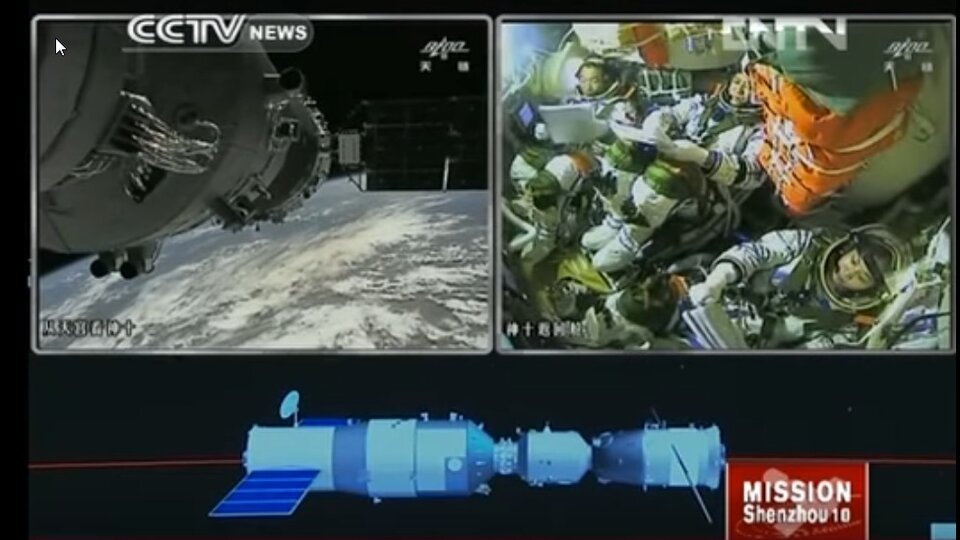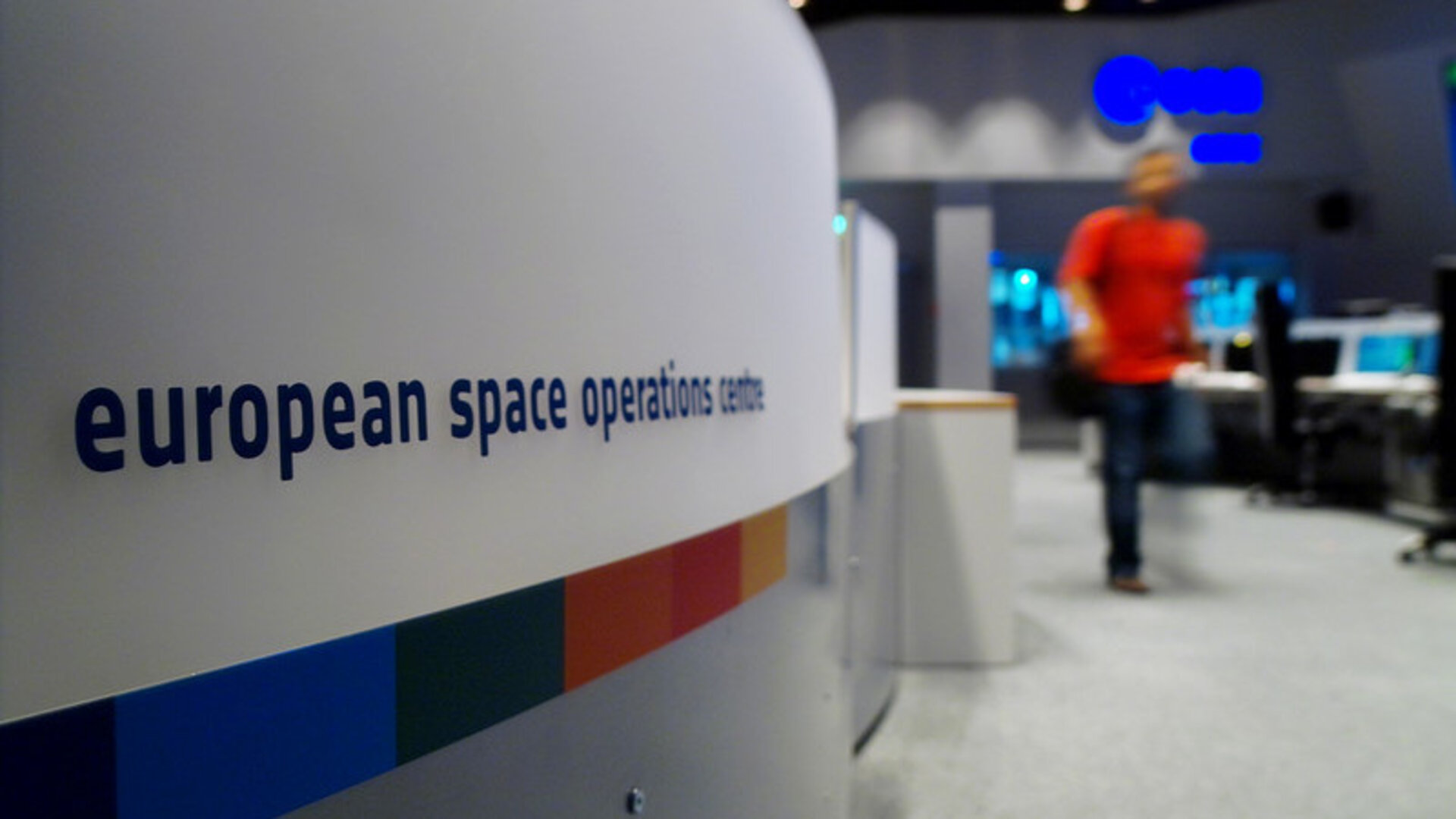ESA joins reentry campaign
ESA experts will host an international campaign to monitor the reentry of a spacecraft expected early next year.
Early next year, an uncrewed Chinese space station, Tiangong-1, is expected to reenter the atmosphere following the end of its operational life, during which most of the craft should burn up.
ESA will host a test campaign to follow the reentry, which will be conducted by the Inter Agency Space Debris Coordination Committee (IADC).
IADC comprises space debris and other experts from 13 space agencies/organisations, including NASA, ESA, European national space agencies, JAXA, ISRO, KARI, Roscosmos and the China National Space Administration.
IADC members will use this event to conduct their annual reentry test campaign, during which participants will pool their predictions of the time window, as well as their respective tracking datasets obtained from radar and other sources. The aim is to cross-verify, cross-analyse and improve the prediction accuracy for all members.
ESA will act as host and administrator for the campaign, as it has done for the twenty previous IADC test campaigns since 1998. A special case for ESA was the campaign in 2013 during the uncontrolled reentry of ESA’s own GOCE satellite.
Heavenly palace
The Tiangong-1 spacecraft is 12 m long with a diameter of 3.3 m and had a launch mass of 8506 kg. It has been unoccupied since 2013 and there has been no contact with it since 2016.

The craft is now at about 300 km altitude in an orbit that will inevitably decay sometime between January and March 2018, when it will make an uncontrolled reentry.
“Owing to the geometry of the station’s orbit, we can already exclude the possibility that any fragments will fall over any spot further north than 43ºN or further south than 43ºS,” says Holger Krag, Head of ESA’s Space Debris Office.
“This means that reentry may take place over any spot on Earth between these latitudes, which includes several European countries, for example.”
“The date, time and geographic footprint of the reentry can only be predicted with large uncertainties. Even shortly before reentry, only a very large time and geographical window can be estimated.”
Owing to the station’s mass and construction materials, there is a possibility that some portions of it will survive and reach the surface.

In the history of spaceflight, no casualties due to falling space debris have ever been confirmed.
ESA’s Space Debris Office, based at the European Space Operations Centre, Darmstadt, Germany, will concurrently conduct an international expert workshop in the week of 28 February, focusing on reentry predictions and atmospheric break-up studies, enabling experts to share their latest findings and research in these and related topics.
Separate from the IADC campaign, ESA will regularly update ESA Member State civil authorities with detailed information on the reentry, as it does during all such events.
About IADC
IADC is an international governmental forum for the worldwide coordination of activities related to the issues of man-made and natural debris in space. Its primary purposes are to exchange information on space debris research activities between member space agencies, to facilitate opportunities for cooperation in space debris research, to review the progress of cooperative activities, and to identify debris mitigation options.
About ESA’s Space Debris Office
The Space Debris Office coordinates ESA's research activities on space debris, coordinates such activities with national research efforts and provides operational services. The office also coordinates ESA's research activities in all major debris disciplines, including measurements, modelling, protection and mitigation, and coordinates such activities with national and international research efforts.


